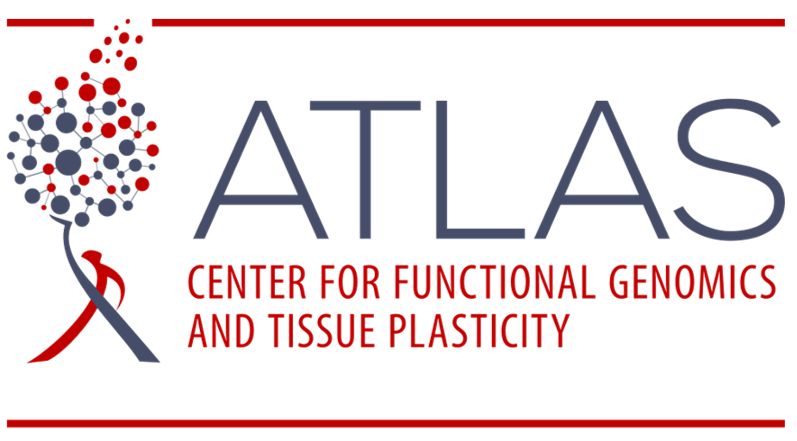The liver is an essential organ controlling energy homeostasis, bile acid synthesis, iron metabolism and xenobiotic detoxification. The main functional cell type of the liver is the hepatocytes organized in lobule structures of the liver. Each hexagonal shaped lobule consists of sinusoids where blood from the portal vein, and mixed with arterial blood, flow through the sinusoids and out of the liver through the central vein.
The individual sinusoids are lined with specific fenestrated endothelial cells facilitating contact between the blood from the portal vain and the hepatocytes. The individual hepatocytes have one surface (basolateral membrane) exposed to the fenestrated endothelial cells and another surface (apical membrane) organized into bile canaliculithat connects to the bile duct constructed by cholangiocytes.
In addition to these cellular structures, the liver contains resistant macrophages (kupffer cells) and quiescent fibroblasts (stellate cells) that are involved in local inflammatory response of the tissue and repair after damage.
Non-alcoholic fatty liver disease (NAFLD) is a very common disorder affecting more than a quarter of the world’s population. The condition is strongly associated with obesity, where metabolic complications lead to triglyceride accumulation in the hepatocytes of the liver. In most situations’ triglyceride accumulation can be reversed when the metabolic stress is reduced.
However, if left untreated NAFLD can develop into a more serious condition of hepatic steatohepatitis (NASH), where triglyceride accumulation is accompanied by liver inflammation and fibrosis. This is mediated by a complex interaction between hepatocyte ballooning, monocyte infiltration, endothelial cell dysfunction and fibrogenesis by activated hepatic stellate cells.
Ultimately, NASH can develop into cirrhosis and hepatocellular carcinoma associated with high mortality, emphasizing a great need to treat and prevent NAFLD and the progression into NASH. Unlike NAFLD, regression of NASH is more complicated and goes beyond reduced triglyceride accumulation in the hepatocytes. For example, inflammation must be reduced, and the extracellular matrix must be remodeled to reestablish normal cellular organization of the liver. Failure to completely reverse cellular organization will likely impact hepatocyte identity, which will impact overall liver function.
Our approach to this investigation is sorting of liver specific cell types, single-cell analysis of cistrome and transcriptome in order to elucidate the functions of hepatocytes and non-hepatocytes in NAFLD.
Current funding: ATLAS – Center for Functional Genomics and Tissue Plasticity
